Razer's Project Linda turns your phone into a laptop
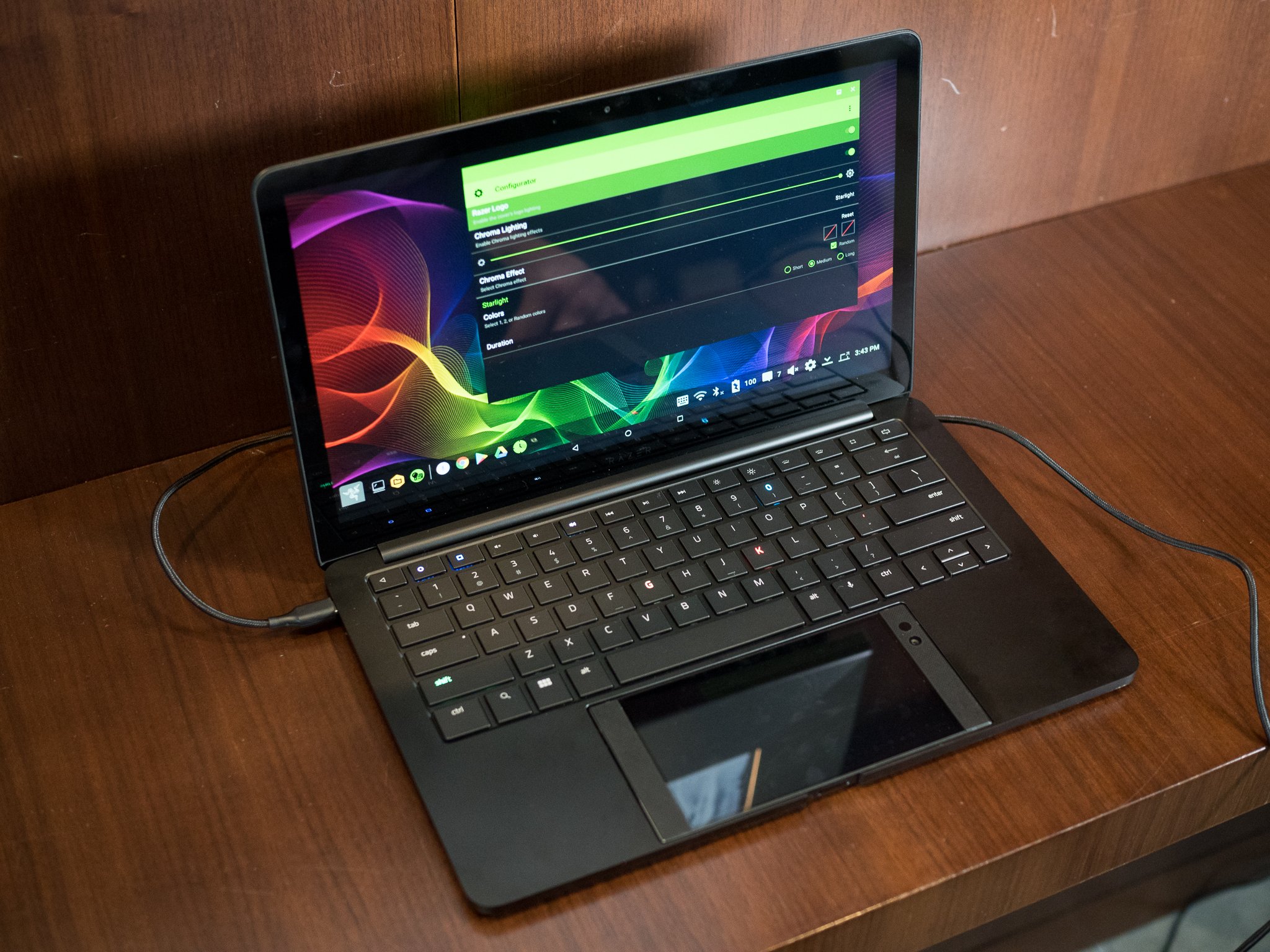
It's been the dream of smartphones for well over a decade, and basically every attempt so far has been a failure. Razer is now giving it a shot and, to be honest, Project Linda is the best version of "your phone is also your laptop" that we've ever seen. It might even be good enough to actually work.
Let's just say up front that this is a prototype. Razer likes to do this thing where it rolls out a concept product (like a laptop with three 17-inch 4K displays) to gauge interest and get feedback. Since this isn't a final or complete product we're not going to talk too much about specs or price or availability. What Razer Project Linda is, however, is the fullest and best realization of a dream of mobile computing.
Project Linda is a shell for the Razer Phone, turning the high-powered device into an Android laptop. But unlike past attempts at this concept, which have almost universally used a middling laptop design and poor cabled or wireless phone connection, Razer designed Project Linda to accept the Razer Phone into a cavity carved out where a traditional laptop's trackpad would go. It connects via the USB-C port, with a plug that mechanically (and loudly) sticks into the phone for power and data — and to simply hold it in place. The high resolution display of the phone becomes the trackpad, flanked by a pair of smartphone speakers — that can easily rival most laptops — that are now pointing right at you. There's even a slot carved out along the front to provide easy access to the phone's side-mounted fingerprint sensor.
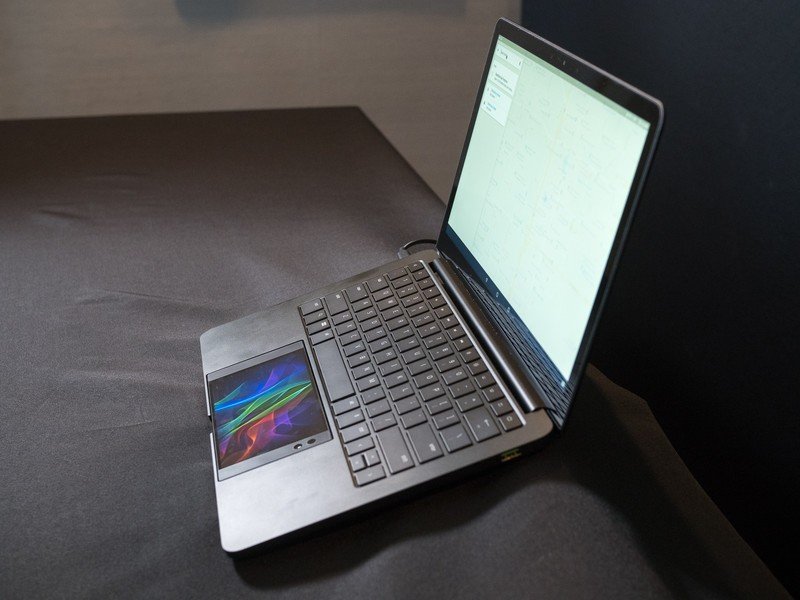
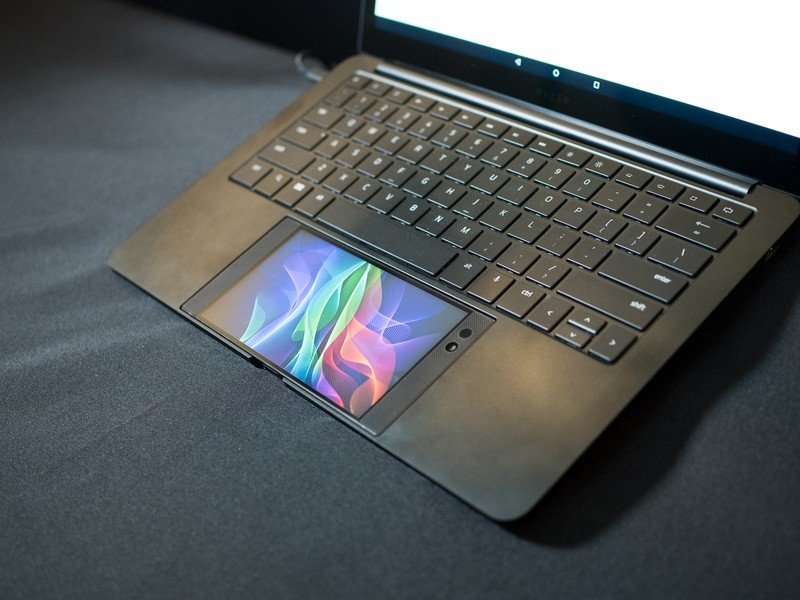
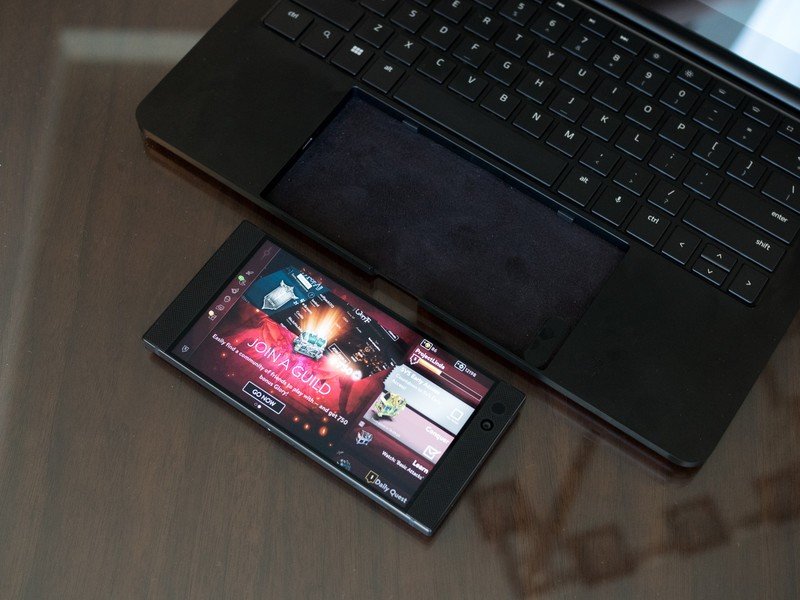
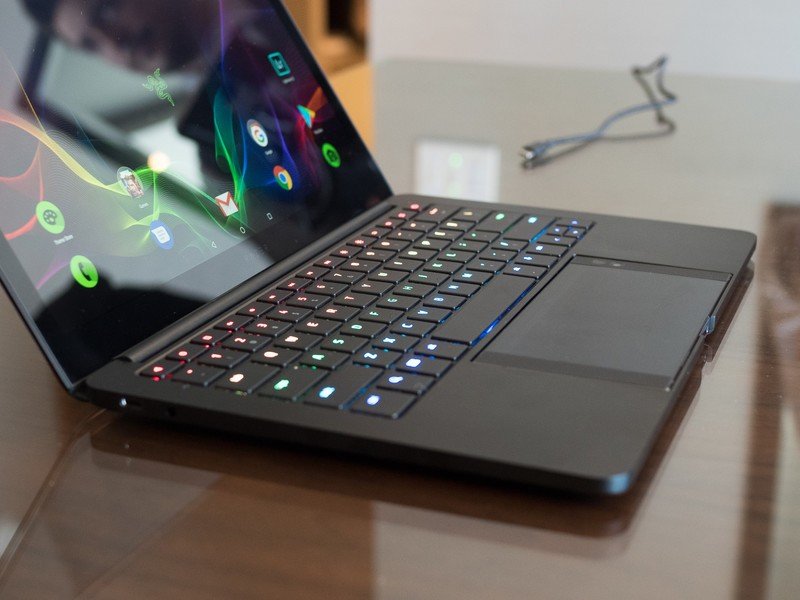
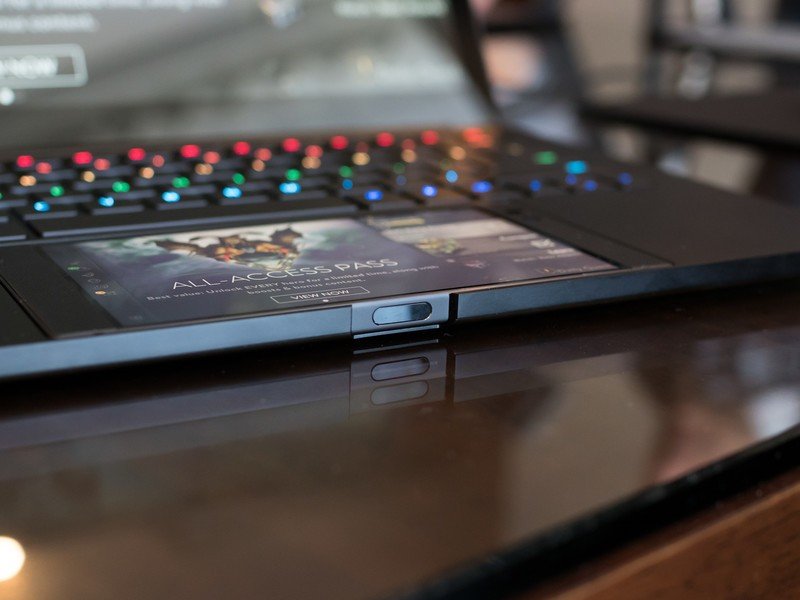
The laptop shell itself is based on the highly regarded Razer Blade Stealth, with a similar compact and spartan design. Project Linda sports a 2560x1440 120Hz 13-inch LCD and a full-sized Razer keyboard complete with customizable Chroma lighting. The laptop shell offers a USB-C port, USB-A (in signature Razer neon green) and a headphone jack, plus 200GB of storage and a large 53.6Wh battery capable of recharging the Razer Phone 3-4 times. It all lands in a package that's 2.76 pounds.
The software is filled with eye candy, but also concerns over app support.
There's still a lot for Razer to sort out. We were told that it wants to add touchscreen support as well as HDMI-out for hooking up to even bigger displays. But those things are pretty simple. The bigger hurdle here is the software. Android isn't very well positioned to make use of a 13-inch display, and just doesn't offer robust support for this kind of dual-display system, so Razer is having to build that itself with its relatively small Android team. The current concepts that Razer showed us have a more desktop-like interface that makes better use of that extra screen, plus a few ideas that it has for using the Razer Phone's display as a secondary source of information when you have a wireless mouse connected.
Beyond all of Razer's own work just to make Project Linda's core operations a reality, apps (and more importantly for Razer, games) would also need to support the dual-display system. That's going to require an API from Razer for developers to implement in their apps — a big ask for the small (if dedicated) Razer Phone user base.
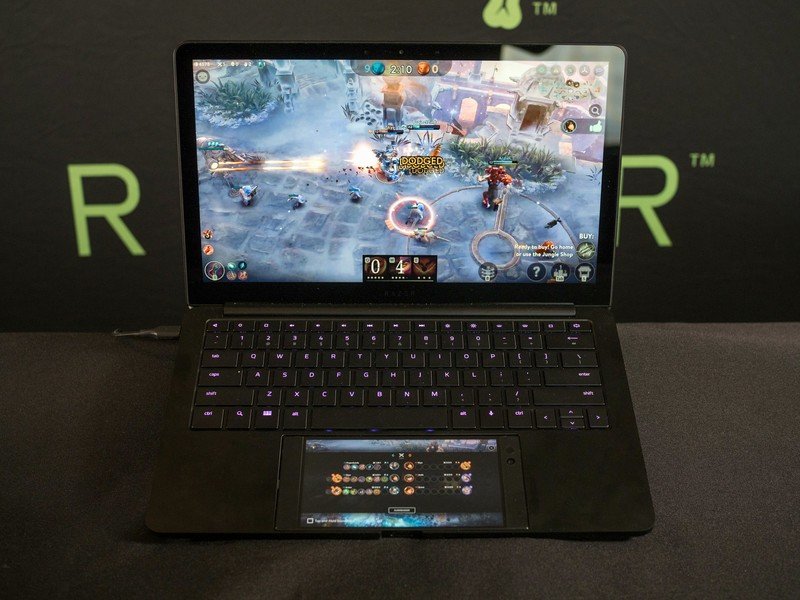
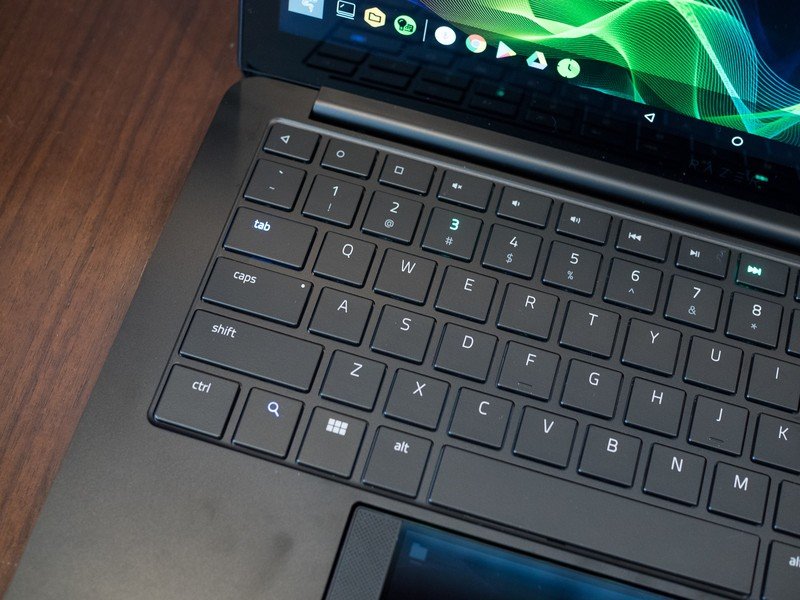
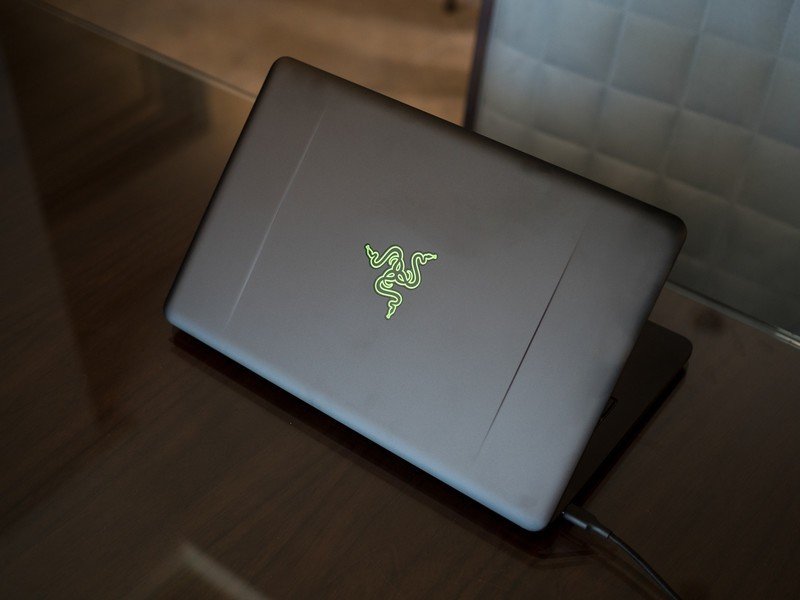

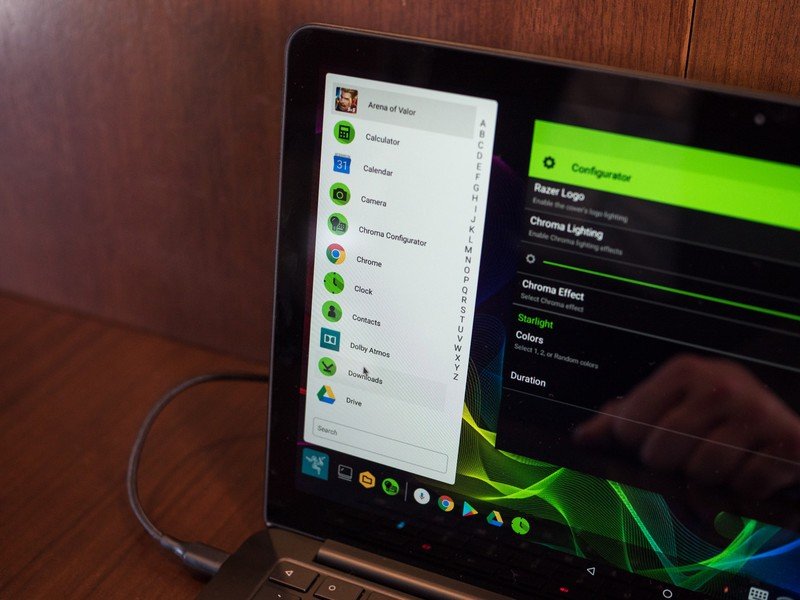
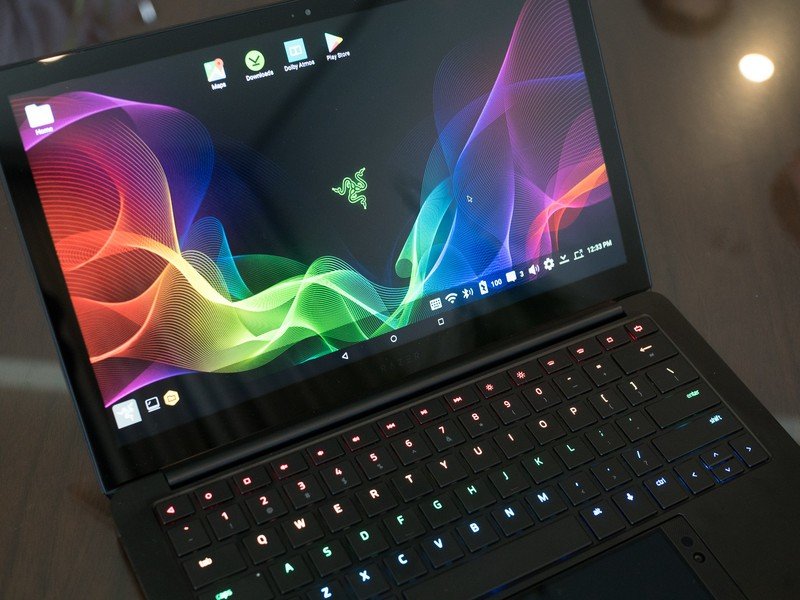

That's assuming that Project Linda ever sees production. Over the years several of Razer's "Project" concepts have moved into reality, but not all of them make the jump. And if it does, we have no idea what price you'll be looking at, though knowing Razer and the penchant for going all-out, it won't be cheap.
Be an expert in 5 minutes
Get the latest news from Android Central, your trusted companion in the world of Android
When the Razer Phone was announced, its 8GB of RAM seemed like overkill. But when hooked up to a laptop like this with intentions for higher-performance applications, it doesn't seem so ridiculous now. We want to see this evolve and become a reality.
Derek Kessler is Special Projects Manager for Mobile Nations. He's been writing about tech since 2009, has far more phones than is considered humane, still carries a torch for Palm (the old one), and got a Tesla because it was the biggest gadget he could find. You can follow him on Twitter at @derekakessler.

